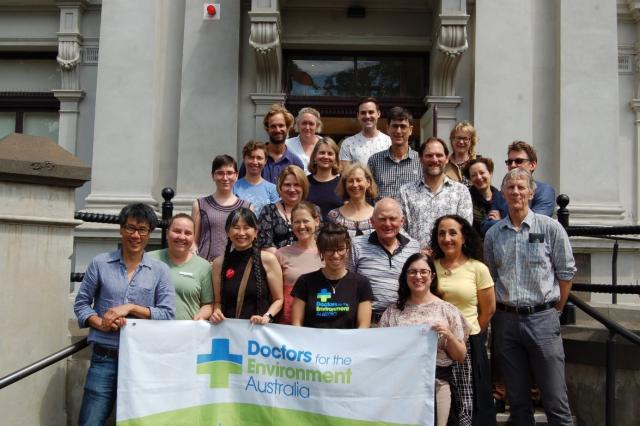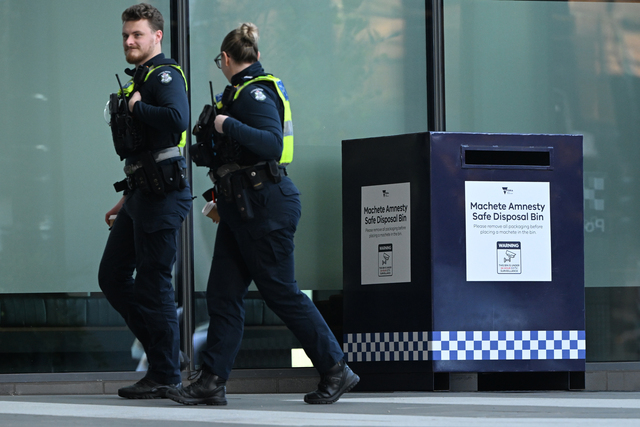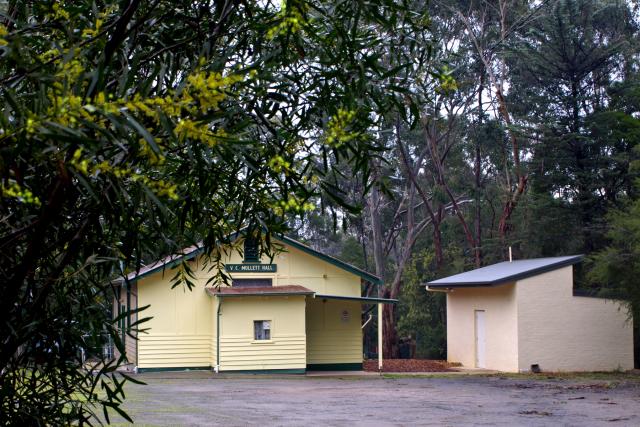Groups Australia-wide are calling for consistent policy on climate action as Coalition members express hesitancy in the government’s plan to reduce carbon emissions significantly within the next few decades.
Last year, Prime Minister Scott Morrison announced the government’s plan to reach net zero emissions by 2050.
However, Liberal National Party candidate for the Queensland seat of Flynn, Colin Boyce, recently said net zero was a ‘flexible plan’ with Deputy Prime Minister Barnaby Joyce adding the government’s commitment to net zero was not binding, and no legislation is attached to previous promises.
Liberal National Party Senator Matt Canavan said the agreement was “dead in the water”, but for the Deputy Chair of Doctors for the Environment (DEA) Kimberley Humphrey, the matter of climate change can not be boiled down to simple targets.
“Speaking with the health voice – we aren’t concerned so much about targets as we are about having ambition to reduce carbon in general. I think every tonne of carbon that we don’t burn makes things better, reduces the harm and reduces the risk,” Ms Humphrey said.
“If global temperatures rise to more than two degrees, 37 per cent of the world’s population will be exposed to at least one deadly extreme heat event every five years – compared to about 14 per cent If we only hit 1.5 [degrees].”
Ms Humphrey said the health impacts of climate change are already apparent in Australia this year as the country sees major weather events like flooding, despite the fact we are only in the fifth month of the year.
“We see things like trauma, so people getting injured, we see increases in infectious diseases, we see people being cut off from being able to obtain food.”
“There’s wide-ranging impacts; from flooding, from heat. From all of these extreme weather events, [it] will only get worse,” she said.
A recent Australia Institute survey showed fossil fuels were costing Australia $22,000 per minute, and Ms Humphrey said a “sensible transition” to renewable energy should be a part of federal government policy.
“We would like to see an ambitious national pet plan to cut climate pollution,” she said.
“That would involve banning new gas, coal and oil projects and ending public funding for fossil fuel, accelerating the transition to electric vehicles and delivering 100 per cent renewable electricity by 2030.”
Jeff Barlow, president of Community Renewable Energy Inc’s (CoRE) Healesville branch, said Australians need a “consistent message” from local, state and federal government levels about the necessity of reaching net zero carbon emissions by 2050.
“We need strong leaders to show us the way forward.
“I think the reason why we are inexorably moving towards the greater use of renewable energy is despite the policies of the Commonwealth Government, and because business and economists generally see that renewable energies are much cheaper than fossil fuels,” Mr Barlow said.
Despite Scott Morrison announcing the government’s plan last year, which was underpinned by a technology roadmap that prioritises investment in clean hydrogen, energy storage, low emissions steel and aluminium and carbon capture and storage as reported by The Guardian, the plan came without any modelling.
“Our country at a national level is 20 years out of date in refusing to have a consistent policy in regards to net zero by 2050.”
Coal, oil and gas accounted for 93 per cent of Australia’s primary energy mix between 2019 and 2020, according to the Australian Government Department of Industry, Science, Energy and Resources.
Mr Barlow said there is an opportunity for a “major transformation” in the country’s economy.
“We’re getting bigger and bigger solar farms, wind farms, there’s now a proposal to have the largest solar farm in the world in the Northern Territory that’s going to be taking electricity over to Singapore…
“These are major projects, we’ve now got projects developing, significant funding being made available for hydrogen projects where hydrogen will be exported overseas,” he said.
The Northern Territory solar project received a $210 million funding boost in March from billionaires Mike Cannon-Brookes and Andrew Forrest, leading the way for further solar plants to be built throughout Australia, according to The Guardian.
Liberal candidate for Casey, Aaron Violi told the Star Mail the Liberal Government is acting in a “practical, responsible way to achieve net zero emissions by 2050 whilst generating new jobs and opportunities for industries”.
“I will continue to listen to local residents and strongly advocate for stronger, more resilient local environments for communities across Casey,” Mr Violi said.
At a recent ‘Meet the Candidates’ event for the Casey electorate in Healesville, climate change and action was a hot topic among some of the candidates and formed part of their desires for the electorate.
“Young people need to see a future for themselves,” Labor candidate Bill Brindle said.
“… climate change, child care costs, housing affordability, job keeper, foreign relations,” are what he lists as some of the focuses of his election campaign.
As former CEO of Sustainability Victoria, Independent candidate Claire Ferris Miles said Australia is not wanting for innovation, talent, ideas or technology.
“We can become a renewable energy leader,” Ms Ferris Miles said.
“I support a minimum 50 per cent emissions reduction by 2030, and climate action presents economic opportunities for new businesses, new jobs, new manufacturing that are all possible here in Casey over the next decade.”
Greens candidate Jenny Game said the area of Casey has 130 native bird species and 61 native animals, with 52 species of threatened birds and 38 species of threatened animals.
“The greens plan includes an immediate ban on the construction of new oil gas infrastructure, ensuring we can transition our economy to zero carbon energy while maintaining a safe climate; and phasing out the mining, burning and export of thermal coal by 2030.”
“Every tonne of coal, oil and gas increases the intensity and speed of changes to our climate – which means more floods, more droughts, more heat waves and more bushfires.”







